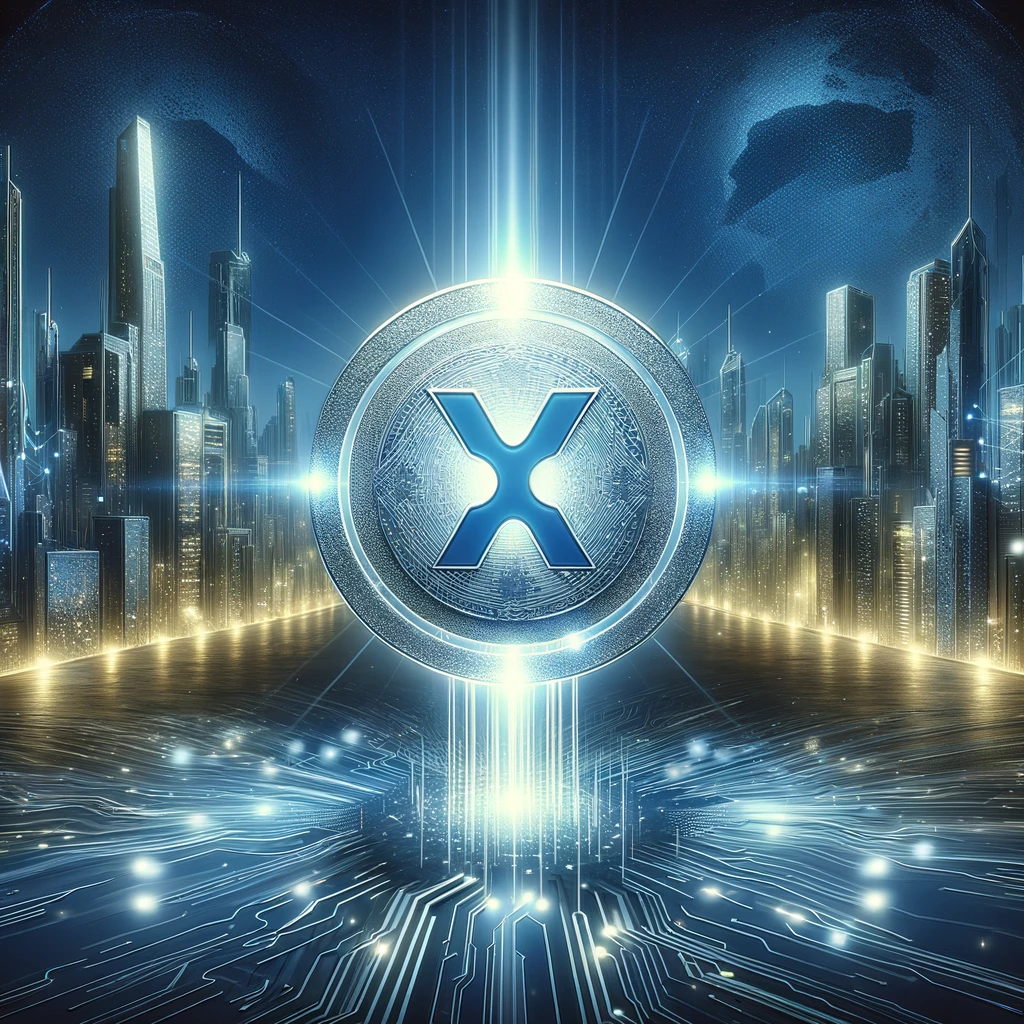Ripple’s On-Demand Liquidity (ODL) solution, now rebranded to Ripple Payments, has raised a lot of discussion among the community members, asking whether it affects the market value of XRP. A well-known author in the cryptocurrency domain, Panos Mekras, has put forward the claim that even though Ripple’s ODL mechanism has all the chances to succeed, the price of XRP will not be affected directly. ODL design established by Mekras keeps transaction demand neutral, as it is essentially concerned with the instantaneous buying and selling of XRP and does not impose inherent demand on the cryptocurrency itself.
Mekras supports his claim by referring to a document submitted by Ripple to the SEC, where the payment company explicitly states that most ODL transactions do not influence XRP’s price due to their demand-neutral nature. He further highlights a potential negative demand impact caused by Ripple’s solution, noting that XRP used for ODL often comes directly from Ripple’s escrow. This, he argues, introduces additional XRP into the market, potentially increasing selling pressure without boosting its price.
Ripple faces debate over XRP price strategy
On the opposing side of the argument, an XRP advocate named Nietzbux challenges Mekras’ perspective, emphasizing the necessity of a highly liquid market and, ideally, a higher XRP price for ODL’s efficient operation. Nietzbux argues that for XRP to handle transactions worth billions of dollars, its market price must be significantly higher. He criticizes the notion, supported by some experts, including Mekras, that the XRP community needs to attract more developers to create demand and subsequently increase XRP’s price. Nietzbux views this as an impractical expectation that places the burden of generating demand and enhancing XRP’s price on the community rather than Ripple itself.
Furthermore, Nietzbux presents a hypothetical scenario where a major bank seeks to transfer $100 billion worth of value in three seconds using XRP. He suggests that relying on the XRPL community to increase demand and the price of XRP for such transactions is unrealistic. Mekras counters this by reiterating that the liquidity required for such large transactions currently does not exist within the XRP ecosystem, a sentiment echoed by Ripple’s Chief Technology Officer, David Schwartz, and others within the community.
The reality of ODL’s market influence
Regarding the objections of Nietzbux, Mekras emphasizes the current impossibility of ODL to achieve considerable market penetration among big banks or to make a significantly greater share in the total trading volume of XRP. He proposes that the real challenge is not in the theory of ODL’s ability to enable large transactions but in the current market dynamics and liquidity limitations that make such situations abstract. The analysis of Mekras suggests that while the payment solution from Ripple is an innovative method of cross-border transactions, Ripple’s solution has limited influence on XRP’s price because of structural and market conditions.
This debate within the XRP community is representative of the larger debates in the cryptocurrency world about the interrelationship between technological advancements, market forces, and the value of digital assets. While Ripple progresses with its ODL solution, opinions of such figures as Mekras and Nietzbux emphasize the difficulties of generating real-world demand for cryptocurrencies and the problems of using blockchain technology in large-scale financial operations.
Land a High-Paying Web3 Job in 90 Days: The Ultimate Roadmap
